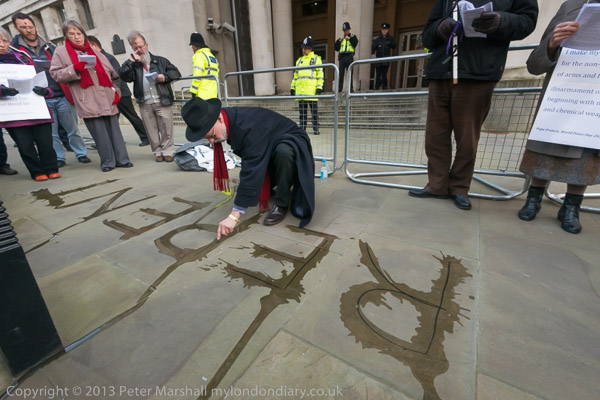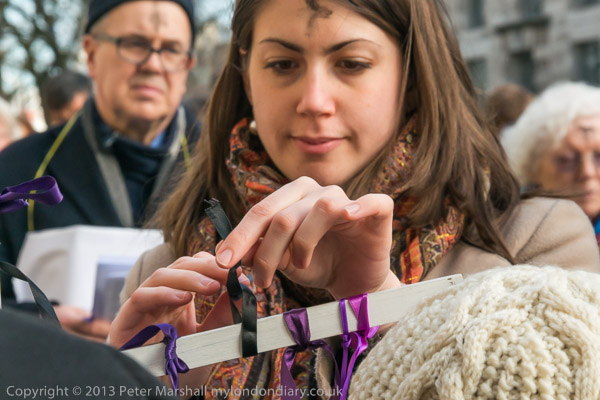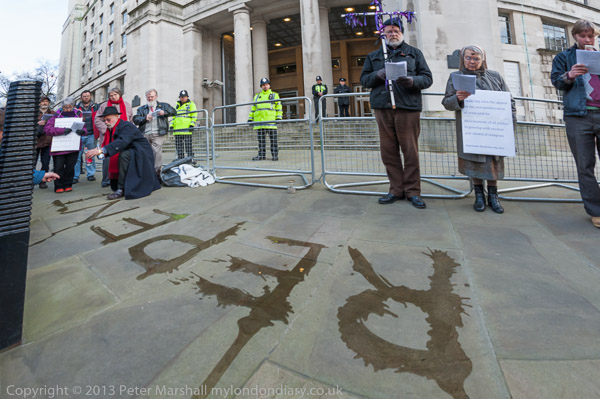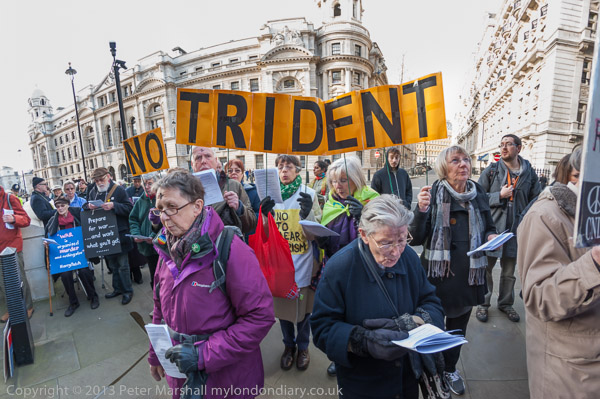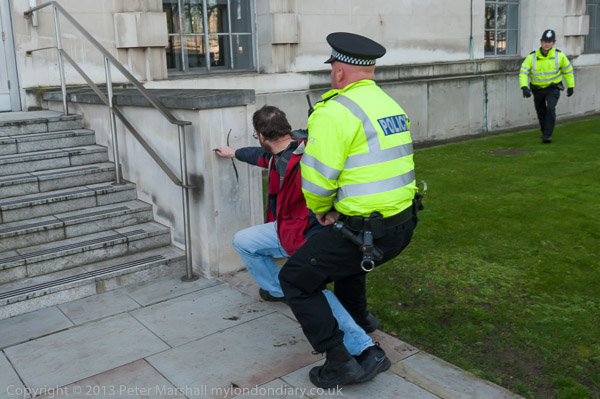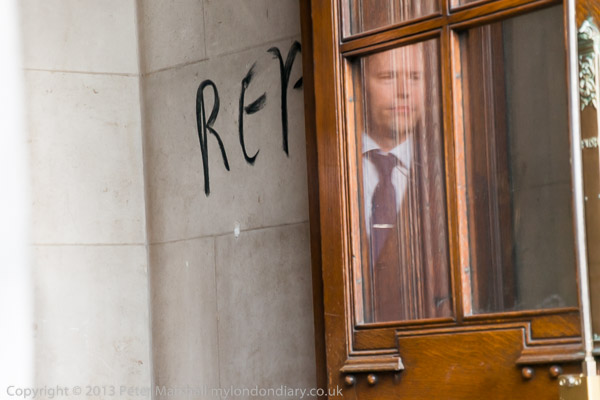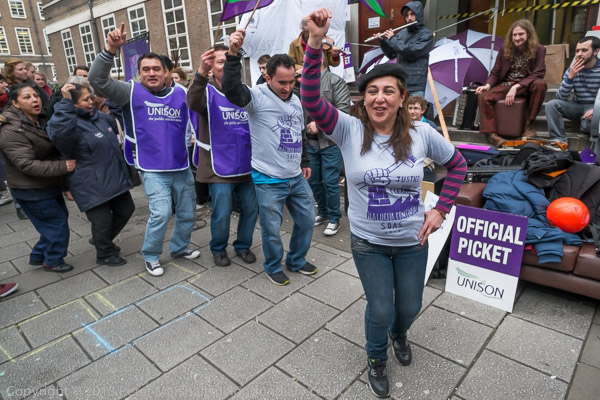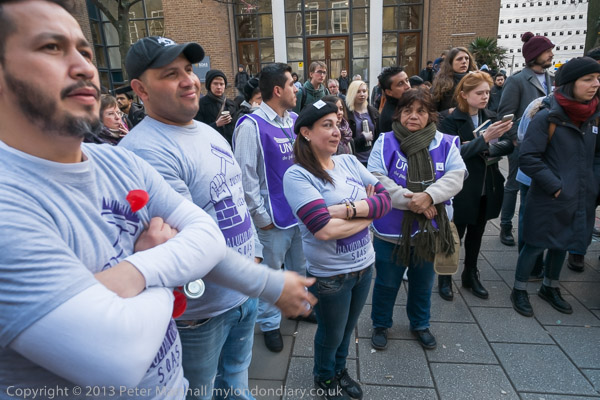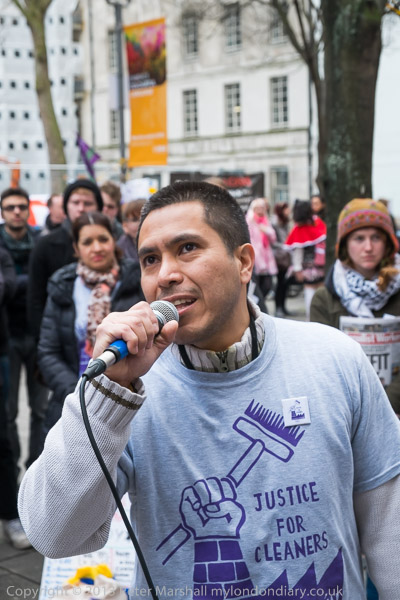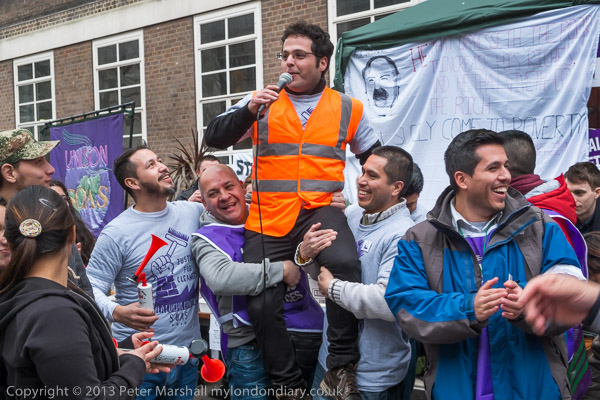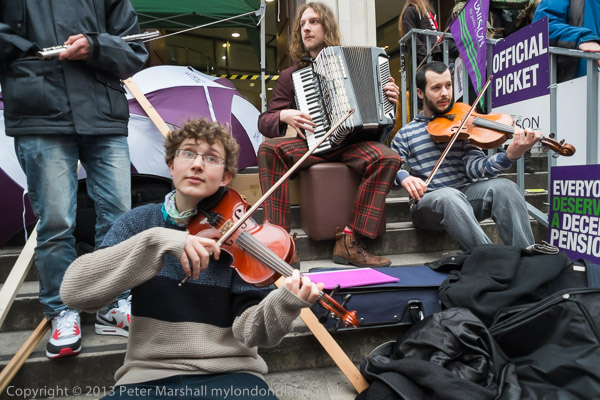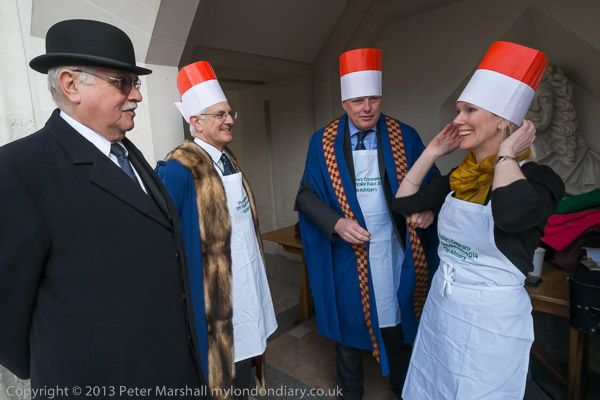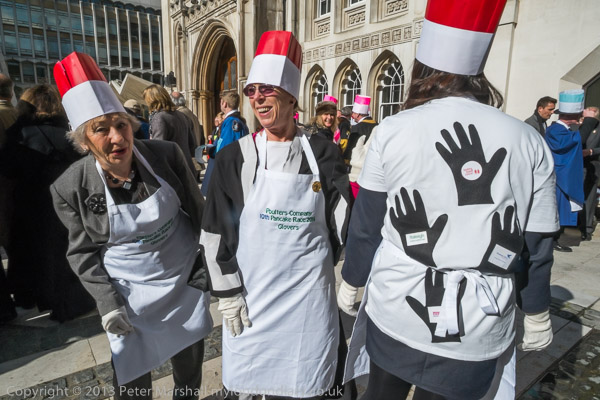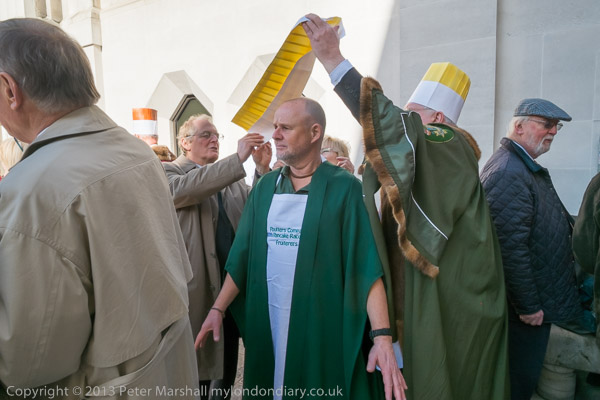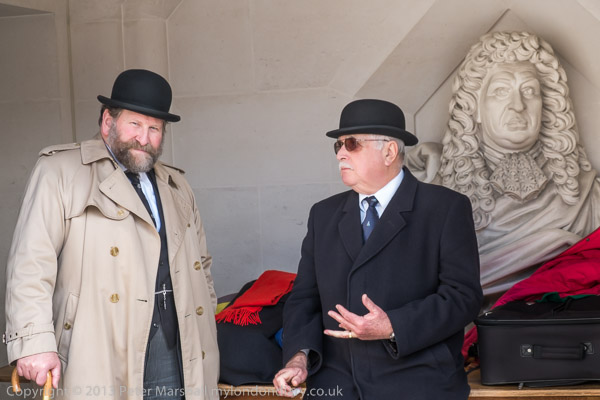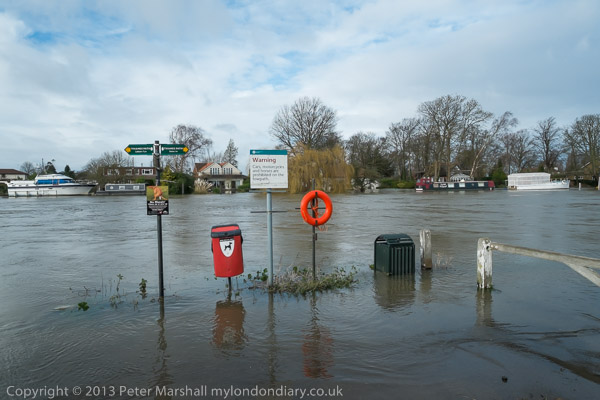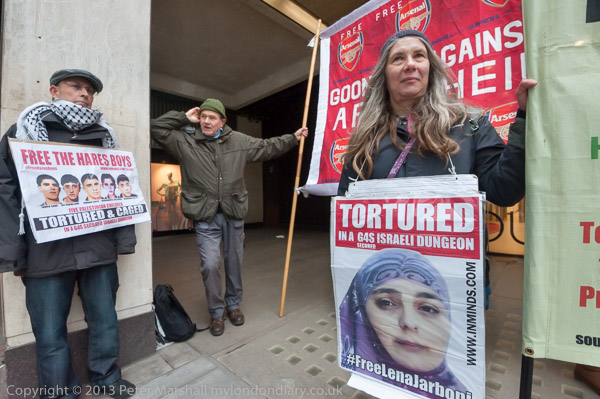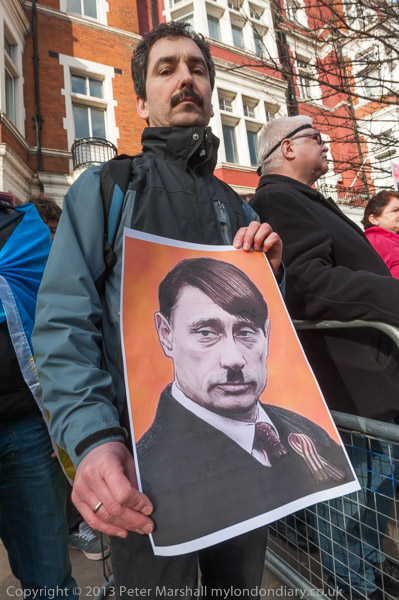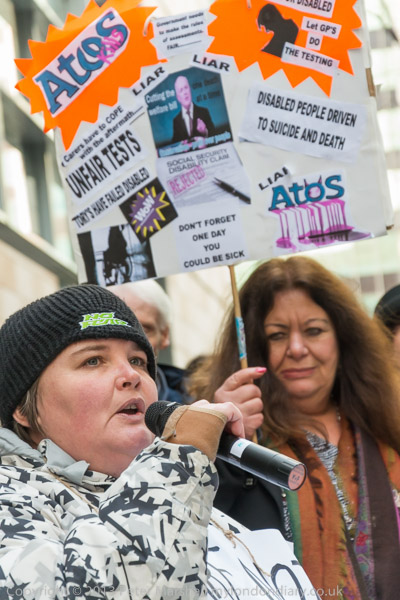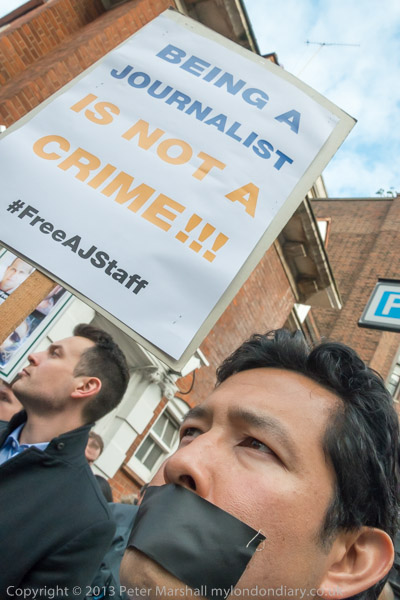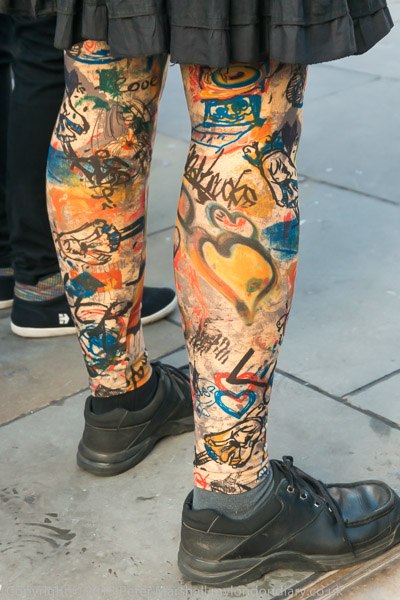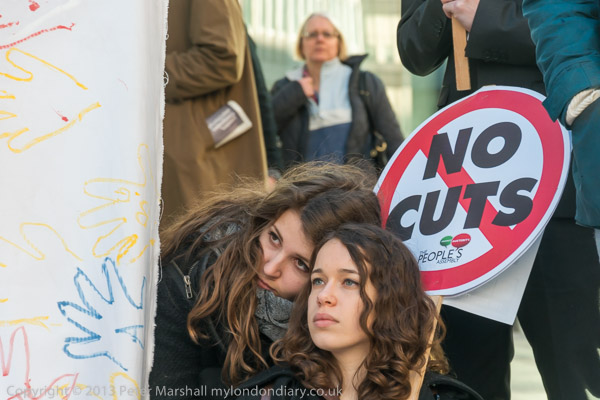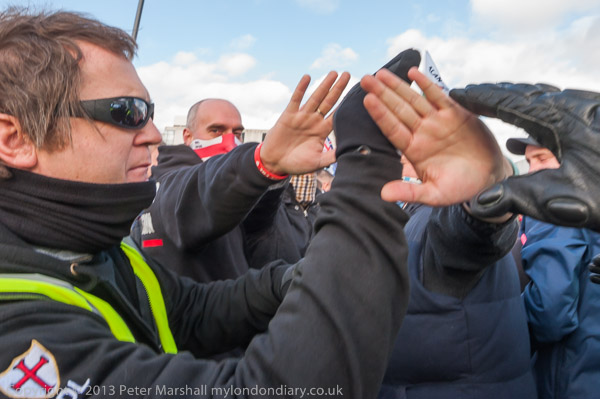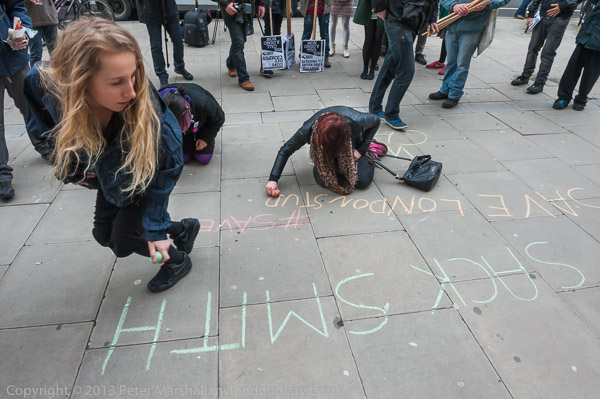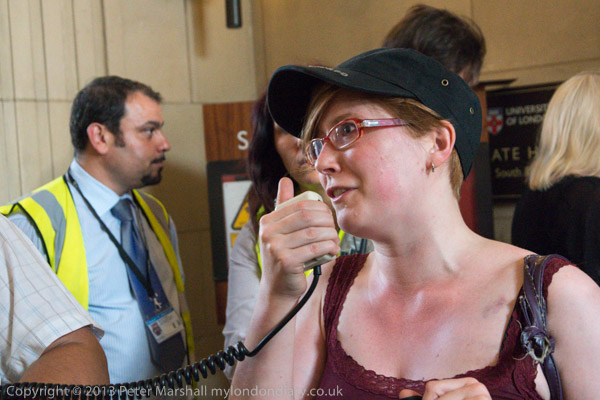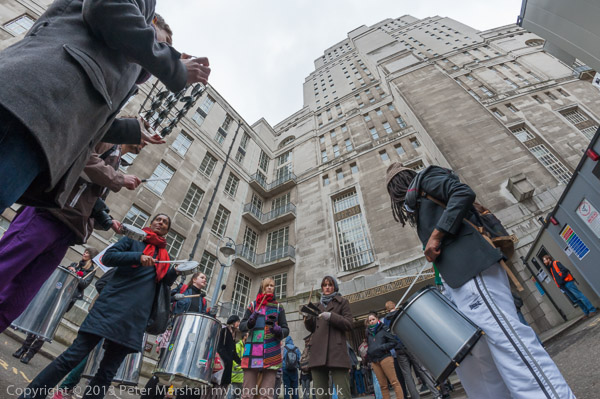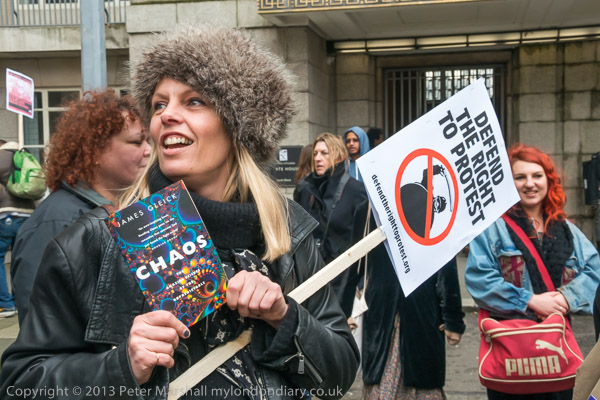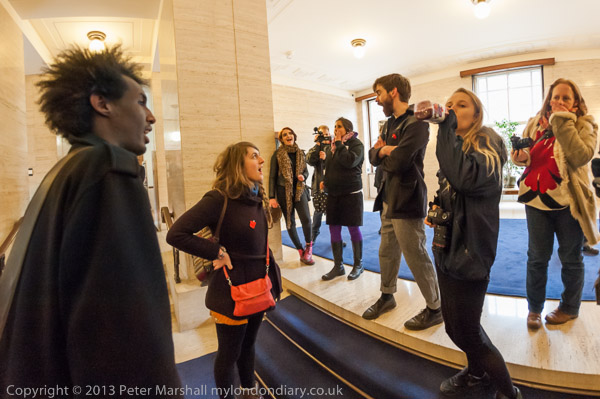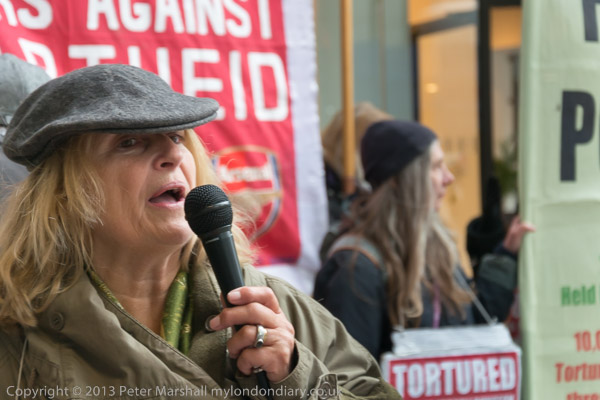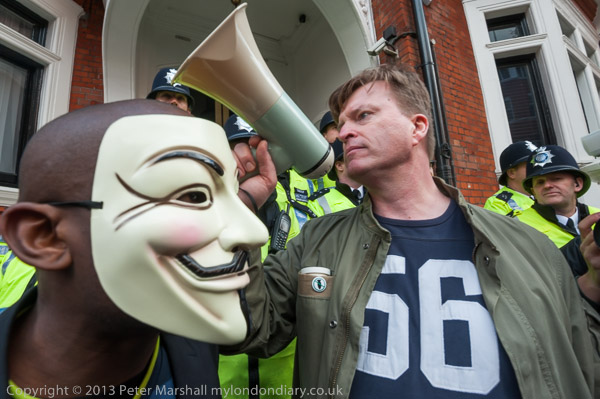
In front of the Ecuadorian Embassy
It was a protest against “the corrupt systems governing the world, bankers and the military-industrial complex” in the tradition established by the Occupy Movement, and it was hard not to sympathise which much of what people at it said. I used to think that although our government was corrupt it was at least less corrupt that most of the rest, but under the present coalition I’m rather less sure of that.
I remember back on the morning when the story about UK Members of Parliament expenses broke in May 2009 with the leak being published in the Daily Telegraph that really this was an unimportant story. And although it seemed to occupy most of the papers for the next year or two it still seems to me pretty trivial compared to the other scandals the press should be investigating and reporting. But it’s easier to write about duck houses than dig the real dirt. And today some of the papers are wasting space about claims for spectacles for staff who use computer screens, and suggesting that £354 is a ridiculous amount of money for the taxpayer to fork out.
A little research would have told the reporters concerned that if – like my wife – you have a complex prescription, the lenses are expensive and need special frames. The amount they were getting worked up about it is about what her last pair cost. Mine cost about half that, but still rather more than the papers seem think a pair of glasses should cost, though I usually choose around the cheapest frames my optician has on offer.
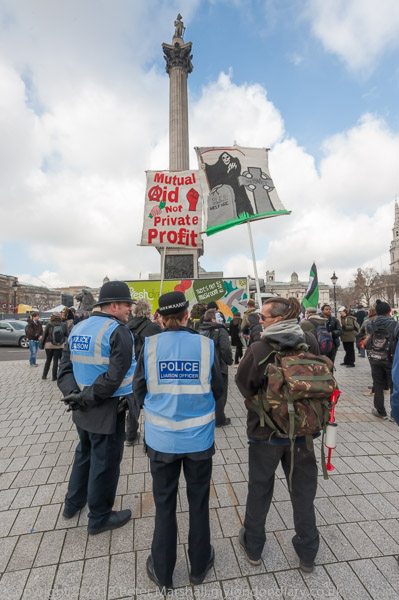
‘Mutual Aid not Private Profit’ and ‘RIP Welfare’ banners on poles
But given that Parliament is spending (and at times wasting due to incompetence) billions of pounds getting worked up about a few hundred pounds makes no sense. The fuss about expenses is all simply a distraction from the real corruption and scandals in the system. Which occasionally we get to know a little about, generally not from the work of mainstream journalists but from leaks by whistle-blowers like Edward Snowden, from bloggers and particularly from Wikileaks. The Occupy movement has done much to make clear the links between government and big business at all levels, and to at least sketch out that other ways of doing things are possible.
As you can see from the picture above, the event started at Trafalgar Square, with Nelson above and police below keeping an eye on events. Though I don’t think the police liaison officers were actually spying on the protesters who will almost certainly have included at least a couple of plain clothes police whose job it is to keep in touch with such things, if not the odd undercover officer.
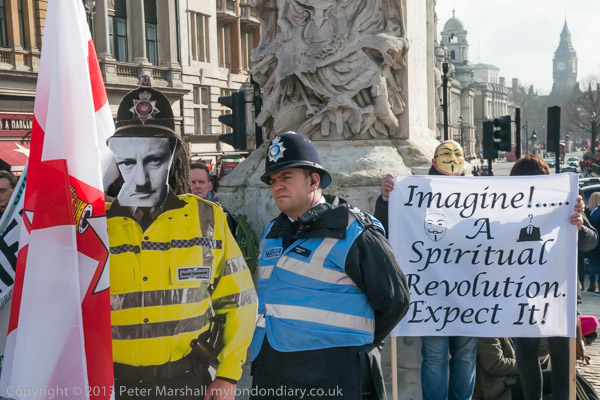
One protester actually came with a copper on his back (the face was rather familiar) and was carrying an Ulster flag. I talked to him after his conversation with one of the police and found he had come over from Northern Ireland to London for the protest.

Taking pictures at an event like this isn’t just about making pictures, but also about conveying the message and of showing what the event was like. The two things don’t always go together and it annoys me to see the newspapers use images that make striking pictures but are superficial or only trivially about the event they were made at. Of course the simplest way to connect images with the message is through words on placards or obvious symbols such as the Anonymous flag or mask.
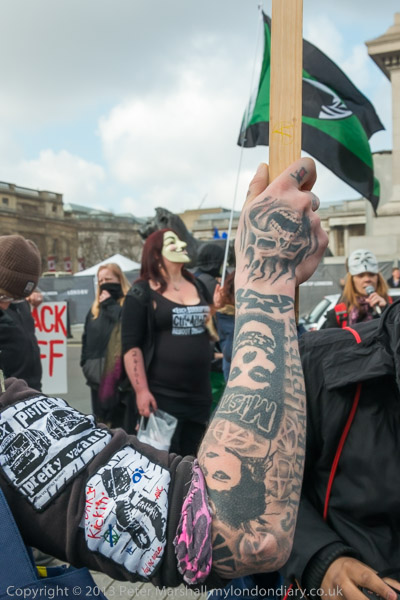
Misfit’ tattoo and Sex Pistols patch
In Against Worldwide Government Corruption you can see a series of pictures in which I am working hard to try to make a picture using the rather fine tattoo above. It proved to be difficult, as it was a moving subject, and the other elements I was working with were moving too – including a flag blowing in the wind which always tends to be frustrating. The main problem I had was with other people walking into the area in front of me to take pictures.
It would be so much easier to set things up, to direct a scene rather than photograph actual events, but this would be falsifying things. And it would not leave room for the magic of the unexpected which can be so much more exciting than a preconceived idea. But though I tried hard I don’t think it quite came off. Quite a few pictures that almost work, but I never got to one that really sprang out at me when I saw the result on screen.
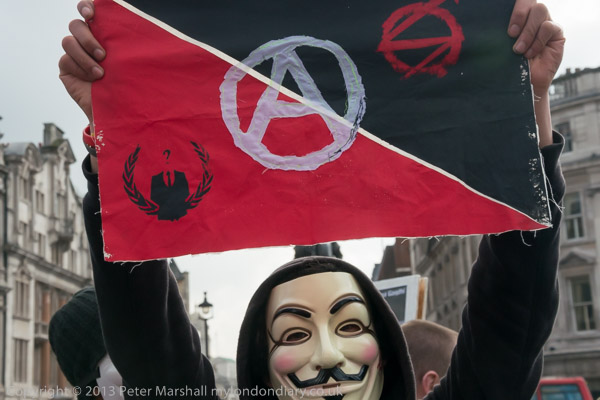
There was something of a happy accident about the image of an Anon holding an Anarchist Anon flag above his head. I took it with the 18-105mm on the D800E, where the DX lens gives a dark line frame to show the actual image area. Its something I rather like, though it makes the viewfinder image just a little small, but it is great when you want to frame precisely, giving the DSLR a similar (but much more accurate) facility to a Leica.
But here I was too hurried (perhaps because I was standing in a busy road in the way of traffic about at any moment to be given the green light to drive at me) and as I pressed the shutter realised I had framed using the whole visible image rather than the DX frameline. I’d seen the top of the flag and the chin of the mask in the viewfinder but immediately realised they would not be in the picture. I took a second exposure putting these elements inside the frame as I’d meant to, but on seeing the two images decided it was better with them cut off.
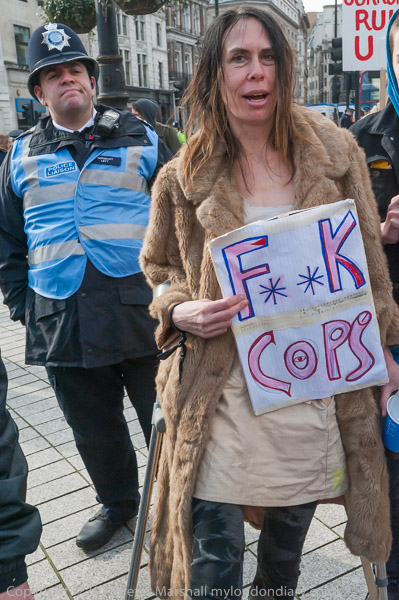
Another picture I took a couple of variations of – and they are both in My London Diary – was of a woman holding a poster with the message ‘F**k Cops’, with a police officer standing behind her. It’s the contrast between the two figures, their expressions, body language and clothing – as well as the poster – that make this image work for me.
Taking pictures of some of the people and events I photograph, it is impossible sometimes to avoid bad language in pictures. Sometimes there are things that might offend people, although standards have rather changed. But I think few people now would object to seeing ‘F**k’ in an image, though they might find ‘F**k Cops’ less acceptable. While 20 years ago I might have thought twice about sending the picture to an agency now it wouldn’t occur to me it might be a problem.
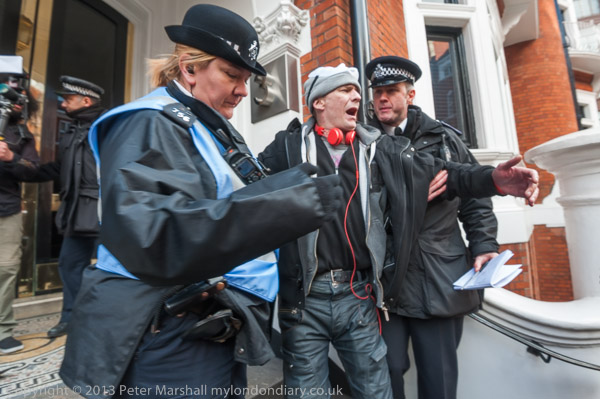
From Trafalgar Square the protesters moved on to the Ecuadorian Embassy, where Julian Assange has been holed up since June 2012. It was entirely predictable that they would make an attempt to enter the building, though the police and most other photographers were slow to realise this. So I was in a good position when it happened, though soon with photographers shoulder to shoulder on both sides, and unable to move or even change a lens. But I was in the right place and prepared for the picture at the top of this post, unexpected though it was.
More at Against Worldwide Government Corruption.
Continue reading Against Corrupt Government
